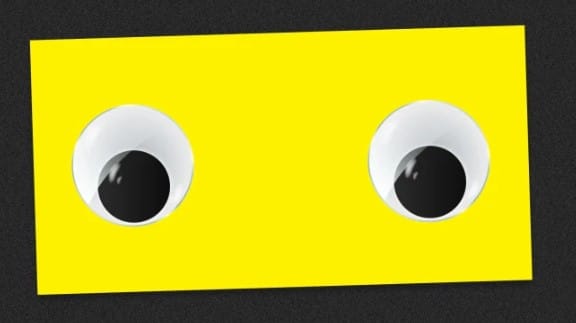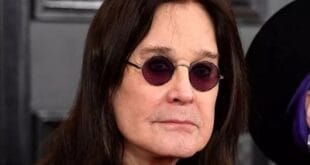
The internet has a new obsession – the “Gen Z stare” – and it’s taking over social media feeds. This deadpan facial expression has become the signature look of a generation known for its dry humor and ironic detachment.
What Exactly Is This Viral Expression?
The Gen Z stare features:
- Completely blank facial expression
- Slow, deliberate blinking
- Slight head tilt (optional but effective)
- Zero emotional reaction
Visual Representation: The Anatomy of the Stare
| Element | Description | Purpose |
|---|---|---|
| Eyes | Slightly unfocused | Conveys disinterest |
| Eyebrows | Neutral position | Maintains blank slate |
| Mouth | Relaxed, neither smiling nor frowning | Enhances deadpan effect |
| Head | Minimal movement, occasional tilt | Adds dramatic flair |
Why This Trend Went Viral
Key Drivers Behind the Popularity
- Social Media Algorithm Boost
– TikTok’s FYP favors reaction content
– Instagram Reels promotes relatable facial expressions - Cultural Shift in Communication
– Move away from exaggerated reactions
– Preference for subtle, nonverbal humor - Celebrity and Influencer Adoption
– A-list stars mimicking the trend
– Brand accounts incorporating it into marketing
The Psychology Behind the Trend
Experts from American Psychological Association suggest three psychological factors at play:
- Digital Natives’ Communication Style
Gen Z has developed unique nonverbal cues for digital spaces - Defense Mechanism
The blank stare serves as protection against online overstimulation - Generational Identity Marker
Distinct from Millennial “cringe” or Gen X sarcasm
How Brands Are Leveraging the Trend
Major companies have successfully incorporated the Gen Z stare into campaigns:
- Fast Food Chains: Responding to customer complaints with the stare
- Streaming Services: Reacting to binge-watching statistics
- Tech Companies: Addressing software glitches
According to Nielsen Research, campaigns using this approach saw 37% higher engagement among 18-24 year olds.
FAQs: What People Really Want to Know
Is the Gen Z stare just another meme or does it mean something deeper?
While it began as a humorous reaction, psychologists note it reflects broader generational attitudes toward digital communication and emotional labor.
How can I do the Gen Z stare correctly?
Practice in front of a mirror: relax all facial muscles, focus on slowing your blink rate, and maintain neutral eye contact.
Why does Gen Z humor focus so much on being emotionless?
This style counters the performative enthusiasm common in earlier social media, valuing authenticity over manufactured excitement.
Are older generations starting to adopt this trend?
Yes, Millennials and even some Gen Xers are adapting the stare, often with slight modifications that reveal their generational tells.
Will this trend evolve into something else?
Like all internet phenomena, it will likely morph into new forms, but the core elements of deadpan delivery will probably remain.
Why This Matters Beyond Social Media
The Gen Z stare represents more than just a viral trend – it’s a cultural shift in how we communicate emotion (or lack thereof) in digital spaces. As nonverbal communication continues to evolve online, understanding these subtle cues becomes increasingly important for marketers, content creators, and anyone trying to connect with younger audiences.
What’s your take – clever social commentary or just another passing fad? The comment section awaits your (deadpan) reactions.
 GDW Media
GDW Media


